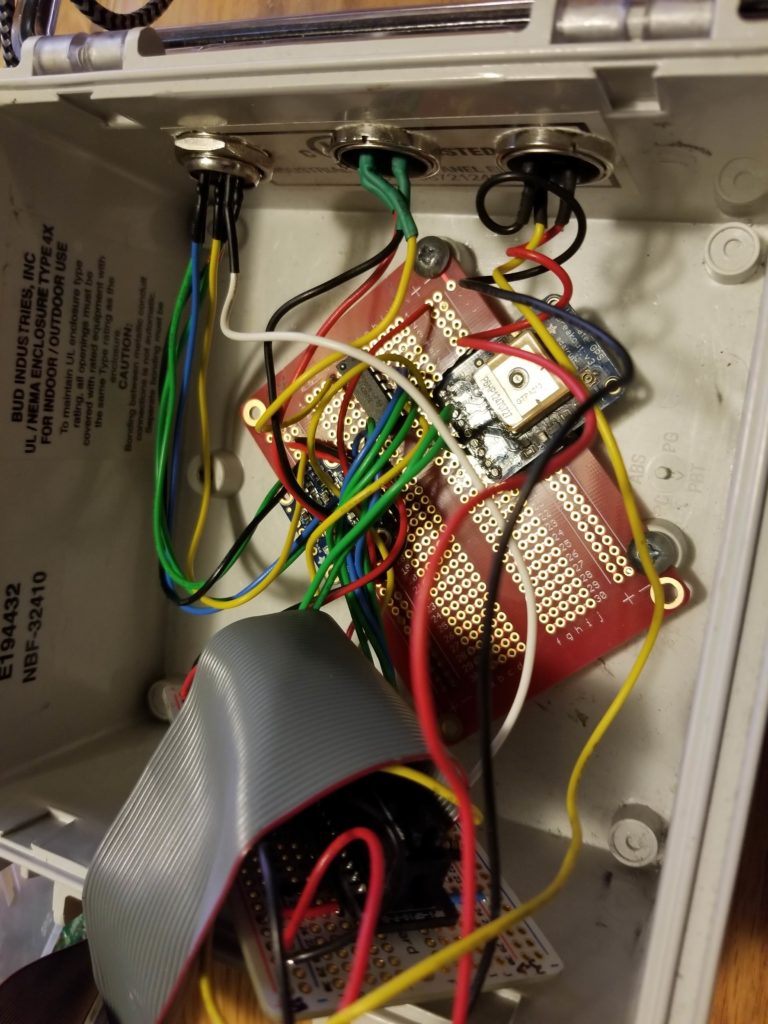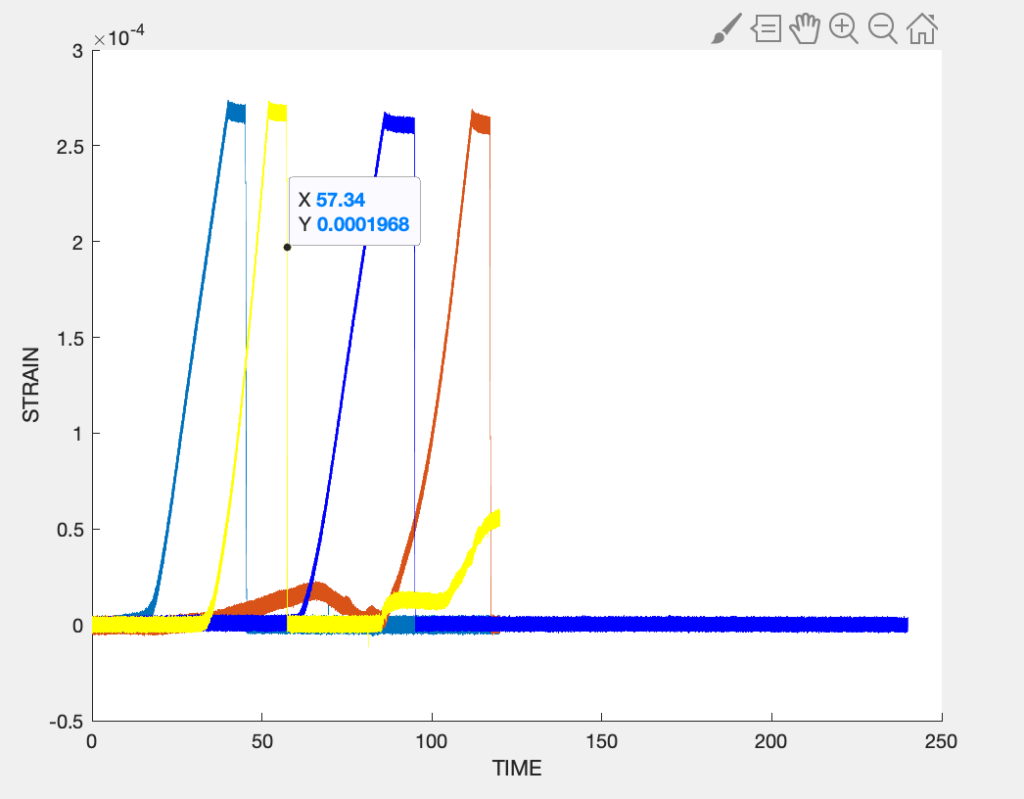By: Loren McDonald (Mechanical Engineering, ’20)
Ethan and the electronics team have been busy working to improve our removable data collection box. What initially started out as just a hall-effect sensor for speed and RPM measurements has evolved into a much more developed tool for data collection. Ethan’s group has been working to add a GPS, an inertial measurement unit (IMU), and an analog-to-digital converter for other sensors that we use during data collection. In a few weeks, when we’re done with this year’s vehicle, the data collection box will be very useful for testing.
Currently, his team has been using the data collection box to work on some of our older vehicles. Ethan worked Marial and the usability group to use the data collection box to measure pressures in the brake line. Ethan’s group has also ironed out all the errors in the speedometer, so we now can get accurate, real-time speed readings for any of our vehicles by simply attaching a small box.
The electronics group has also been exploring some other sensors that might give us valuable data when it comes time to test and tune this year’s vehicle. They hope to be able to connect strain gauges to several members of our frame while we drive over at RIT’s test track. They have also wired up a push button on the steering wheel to allow the driver to trigger when to record data. That way, we will be able to take data on how our vehicle handles specific obstacles on the track.
Finally, Ethan’s group has completed even more strain gauge testing on the MTS machine. We have taken stress and strain data for several tie rods from last year’s vehicle as well as our shocks. This data has been used to improve our mechanism model as well as several pieces of our analysis. We’re hoping Ethan’s work will lead to even better scores at our design report since we’ll be able to validate our models with more data than ever before.


